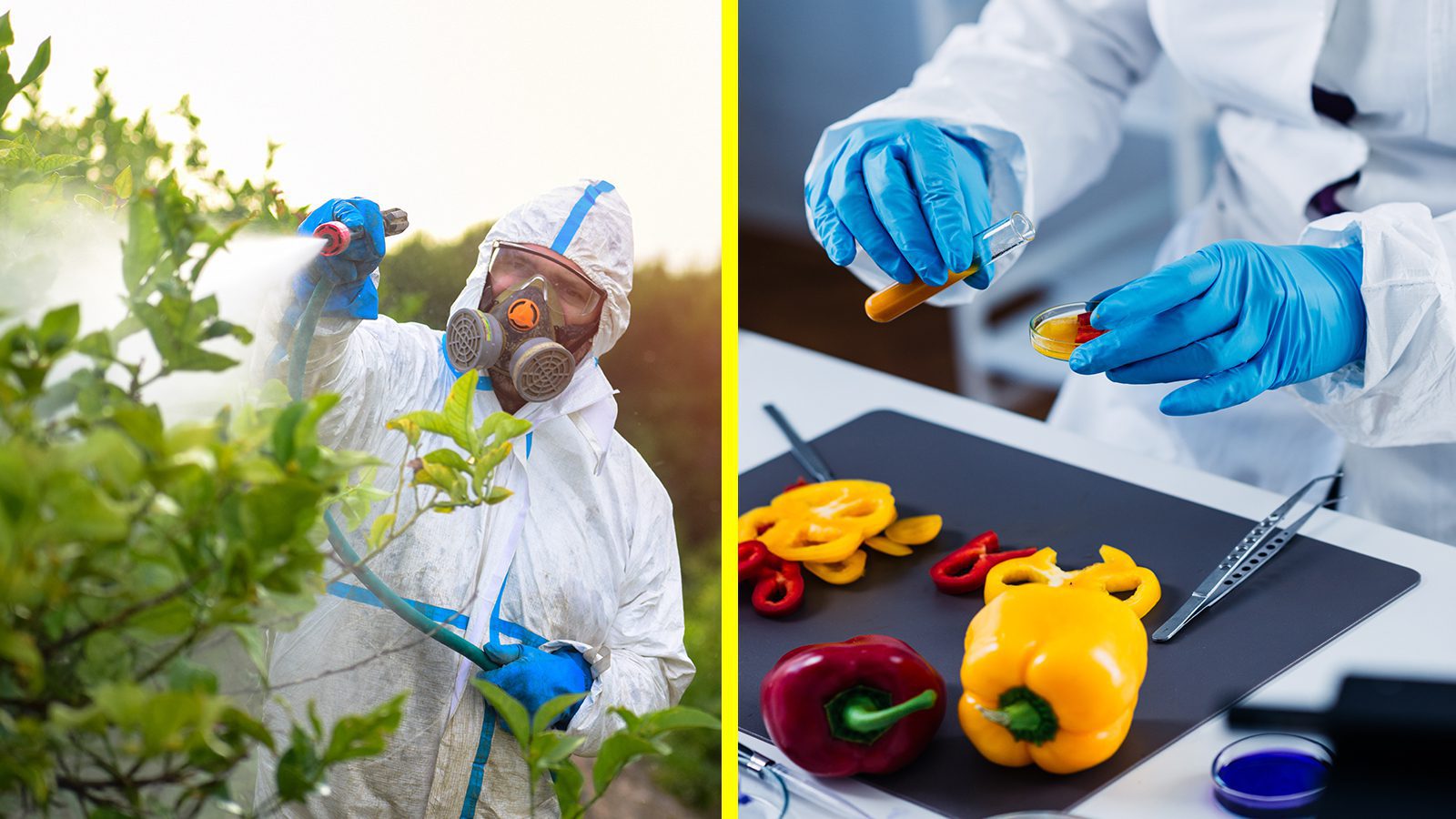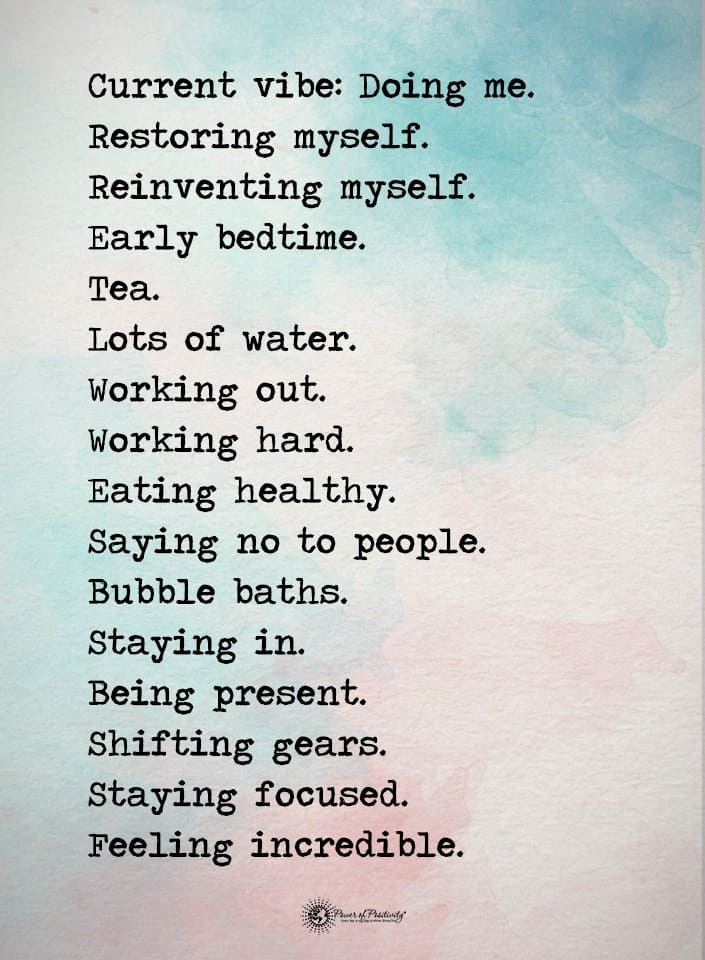The Environmental Working Group (EWG) unveiled its annual list, the Dirty Dozen foods. This list spotlights vegetables and fruits with the highest levels of pesticide residues. We’ll also share the accompanying list, the Clean Fifteen, a list of produce to prioritize.
Pesticide residues can harm human health. Because of this, many people opt for organic fruits and vegetables. These consumers avoid the poisonous chemicals and toxins of commercial produce. However, those on a tight budget or without access to organic options can turn to the Dirty Dozen and Clean Fifteen lists. These guides are a crucial tool for informed decision-making when organic is unavailable.
What Is the Dirty Dozen Foods List?
The Dirty Dozen is an annual ranking published by the Environmental Working Group (EWG), a non-profit organization that promotes environmental health and safety. This list identifies the twelve fruits and vegetables found to have the highest levels of pesticide residues based on data collected by the United States Department of Agriculture (USDA) and the Food and Drug Administration (FDA).
The Dirty Dozen foods list aims to inform consumers about the potential risks of pesticide exposure and help them make more informed choices when selecting produce. Pesticide residues can harm human health, and many people aim to reduce their exposure by opting for organic produce when possible. However, for those who cannot always afford or access organic options, the Dirty Dozen list is a valuable resource for prioritizing which fruits and vegetables to choose in their non-organic form.
It is essential to note that the Dirty Dozen list does not suggest that consumers should avoid these fruits and vegetables entirely. EWG advises that the health benefits of a diverse diet rich in whole foods, fruits, and vegetables probably outweigh the potential risks of pesticide residues. Therefore, the list serves as a guide for foods to be cautious about. If you purchase these, use proper washing techniques to reduce pesticide exposure. Of course, you should choose organic alternatives when feasible.
The Dirty Dozen Foods (in descending order)
The Dirty Dozen list, compiled by the Environmental Working Group (EWG), ranks produce based on the levels of pesticide residues detected through testing conducted by the United States Department of Agriculture (USDA) and the Food and Drug Administration (FDA). Several factors contribute to the presence of pesticide residues in produce. These factors can include the type and amount of pesticides used during cultivation, the growing conditions, and the post-harvest handling process.
Some fruits and vegetables may be more susceptible to pests and diseases, requiring higher quantities or more comprehensive pesticides to ensure a successful harvest.
The Dirty Dozen Foods – Wash These Before Consumption if You Don’t Purchase Organic
EWG includes these foods in its “dirty dozen™ ” list because they contain higher pesticide residues than other fruits and vegetables. The twelve fruits and vegetables EWG deems contaminated are listed in descending order.
- #12 Green beans
- #11 Blueberries
- #10 Cherries
- #9 Bell and hot peppers
- #8 Grapes
- #7 Apples
- #6 Nectarines
- #5 Pears
- #4 Peaches
- #3 Kale, collard, and mustard greens
- #2 Spinach
- #1 Strawberries
EWG explains that the ranking data comes from the United States Department of Agriculture (USDA) and the Food and Drug Administration (FDA) data. Both agencies conduct extensive testing on thousands of produce samples to determine the levels of pesticide residues present. Using this data, the EWG creates the Dirty Dozen and its counterpart, the Clean Fifteen, highlighting the produce with the lowest pesticide residues.
Consumers must remember that the Dirty Dozen does not imply that these items are entirely off-limits. Instead, the list serves as a guide for those looking to reduce their pesticide exposure. They urge consumers to invest in organics when feasible and then to rely on this list as a second choice.
Never eat these foods without first washing them before consumption, which will minimize residue levels. But opting for organic alternatives when feasible is the healthiest and safest approach.
Prioritize Veggies and Fruits From the Clean Fifteen List and Skip the Dirty Dozen Foods When Possible
Accompanying the Dirty Dozen foods list is the Clean Fifteen list. That’s an annual ranking by EWG identifying the fruits and vegetables with the lowest levels of pesticide residues. Consumers can combine these two lists to make informed decisions about their produce purchases while considering their health and budget.
Here is the Clean Fifteen food list in descending order:
- #15 Carrots
- #14 Watermelon
- #13 Sweet Potatoes
- #12 Mangoes
- #11 Mushrooms
- #10 Cabbage
- #9 Kiwi
- #8 Honeydew melon
- #7 Asparagus
- #6 Sweet peas
- #5 Papaya
- #4 Onions
- #3 Pineapple
- #2 Sweet corn
- #1 Avocados
Keeping the Dirty Dozen Foods in Mind, Know the 6 Key Benefits of a Plant-Based Diet
EWG notes that a plant-based diet supports better health. A plant-based diet, which focuses on consuming fruits, vegetables, whole grains, legumes, nuts, and seeds, offers numerous health benefits. By incorporating a wide array of plant-based foods into your daily meals, you can support your overall well-being while reaping the following six key benefits:
Improved heart health:
A plant-based diet is rich in fiber, antioxidants, and healthy fats, which can help lower cholesterol and blood pressure levels. As a result, it reduces the risk of heart disease and stroke. Many studies prove that individuals who follow a plant-based diet are less likely to develop cardiovascular diseases than those who consume animal-based diets.
Weight management:
Plant-based diets are typically lower in calories and saturated fats than diets that include meat and dairy products. The high fiber content in plant-based foods promotes satiety, which can help regulate appetite and prevent overeating. As a result, individuals who follow a plant-based diet may find it easier to maintain a healthy weight or even lose weight if needed.
Enhanced digestive health:
A diet rich in fruits, vegetables, whole grains, and legumes provides ample fiber, essential for maintaining a healthy digestive system. Fiber aids digestion by adding bulk to stool and promoting regular bowel movements, which can help prevent constipation and other digestive issues.
Reduced risk of chronic diseases:
Research shows that a plant-based diet can reduce the risk of developing chronic diseases, such as type 2 diabetes, certain types of cancer, and Alzheimer’s disease. The high levels of antioxidants, phytonutrients, and anti-inflammatory compounds in plant-based foods help protect the body against these diseases and promote overall health.
Improved energy levels:
Plant-based foods are abundant in essential nutrients, such as vitamins, minerals, and healthy fats, necessary for optimal energy production and maintenance. As a result, individuals who follow a plant-based diet often report increased energy levels and a reduced need for caffeine and other stimulants.
Environmental sustainability:
A plant-based diet is beneficial not only for your health but also for the environment. The production of plant-based foods generally requires less land, water, and energy compared to animal agriculture. By choosing a plant-based diet, you contribute to reducing greenhouse gas emissions and promoting the sustainable use of natural resources.
How to Detox From Chemicals if You Cannot Eat Organic Foods and Often Consult the Dirty Dozen Foods List
If you find yourself in a situation where you have to consume non-organic foods, you may be concerned about the potential exposure to pesticides and other chemicals. While it’s always best to opt for organic options when possible, there are some strategies you can use to help detoxify your body and minimize the impact of non-organic food consumption:
1 – Hydration:
Drinking plenty of water is essential for flushing toxins out of your system. Aim to drink at least eight 8-ounce glasses of water daily, or even more, if you are physically active or live in a hot climate. Staying hydrated helps your kidneys and liver function efficiently, which in turn aids in toxin elimination.
2 – Eat antioxidant-rich foods:
A diet rich in antioxidant-rich foods, such as organic berries, leafy greens, and nuts, can help protect your body from the harmful effects of pesticides and other toxins. Antioxidants neutralize free radicals, unstable molecules that can damage cells and contribute to chronic diseases.
3 – Include fiber in your diet:
Consuming a diet high in fiber, particularly from fruits, vegetables, whole grains, and legumes, can aid in eliminating toxins by promoting regular bowel movements. Fiber binds to toxins in the digestive tract, helping to remove them from your body.
4 – Incorporate detoxifying herbs and spices:
Some herbs and spices, such as turmeric, ginger, and cilantro, have science-proven detoxifying properties that can support your body’s natural detoxification processes. Include these in your meals, or take supplements to enhance their benefits.
5 – Focus on liver-supportive foods:
The liver is crucial in detoxification. Eating foods that support liver health, like cruciferous vegetables (broccoli, cauliflower, and Brussels sprouts). Or try citrus fruits (oranges, grapefruit, or lemons), which help your liver function more effectively in removing toxins from your body.
6 – Exercise regularly:
Regular physical activity can help detoxify your body by promoting circulation and stimulating the lymphatic system. Aim for at least 150 minutes of moderate-intensity exercise or 75 minutes of vigorous-intensity exercise per week and strength training activities two or more days per week.
7 – Get enough sleep:
Sleep is essential for your body’s natural detoxification processes. Aim for seven to nine hours of quality sleep each night to give your body time to repair and regenerate.
8 – Wash produce thoroughly:
Even if you must consume non-organic foods, you can reduce pesticide exposure by thoroughly washing your fruits and vegetables. Use a vegetable brush and running water to remove surface residues and contaminants.
While it’s ideal to consume organic foods whenever possible, implementing these detoxification strategies can help reduce the impact of non-organic food consumption on your health.
Final Thoughts on the Clean Fifteen and Dirty Dozen Foods
A diet rich in fruits and vegetables is vital for optimal health and well-being. While the Dirty Dozen and Clean Fifteen lists can help you make informed decisions about the fruits and vegetables you consume, it is vital to prioritize organic options whenever possible.
Organic farmers produce fruits and vegetables without chemicals or pesticides. Thus, organics reduce your exposure to potentially harmful residues.
When consuming fruits and vegetables from the Dirty Dozen foods list, it is crucial to wash them thoroughly to minimize pesticide residue intake. Washing produce under running water and using a brush when appropriate can help remove surface residues and contaminants. Focusing on the Clean Fifteen list can effectively reduce pesticide exposure while enjoying a diverse range of fruits and vegetables for those with limited access to organic options or constrained by a tight grocery budget.
By being mindful of the produce you consume and making informed choices, you can support your health and well-being while minimizing exposure to pesticide residues. Remember, the benefits of a plant-based diet are numerous. So consuming various fruits and vegetables should always be a priority. Stay informed, choose wisely, and enjoy the delicious and nutritious bounty that nature has to offer.

















 Community
Community

